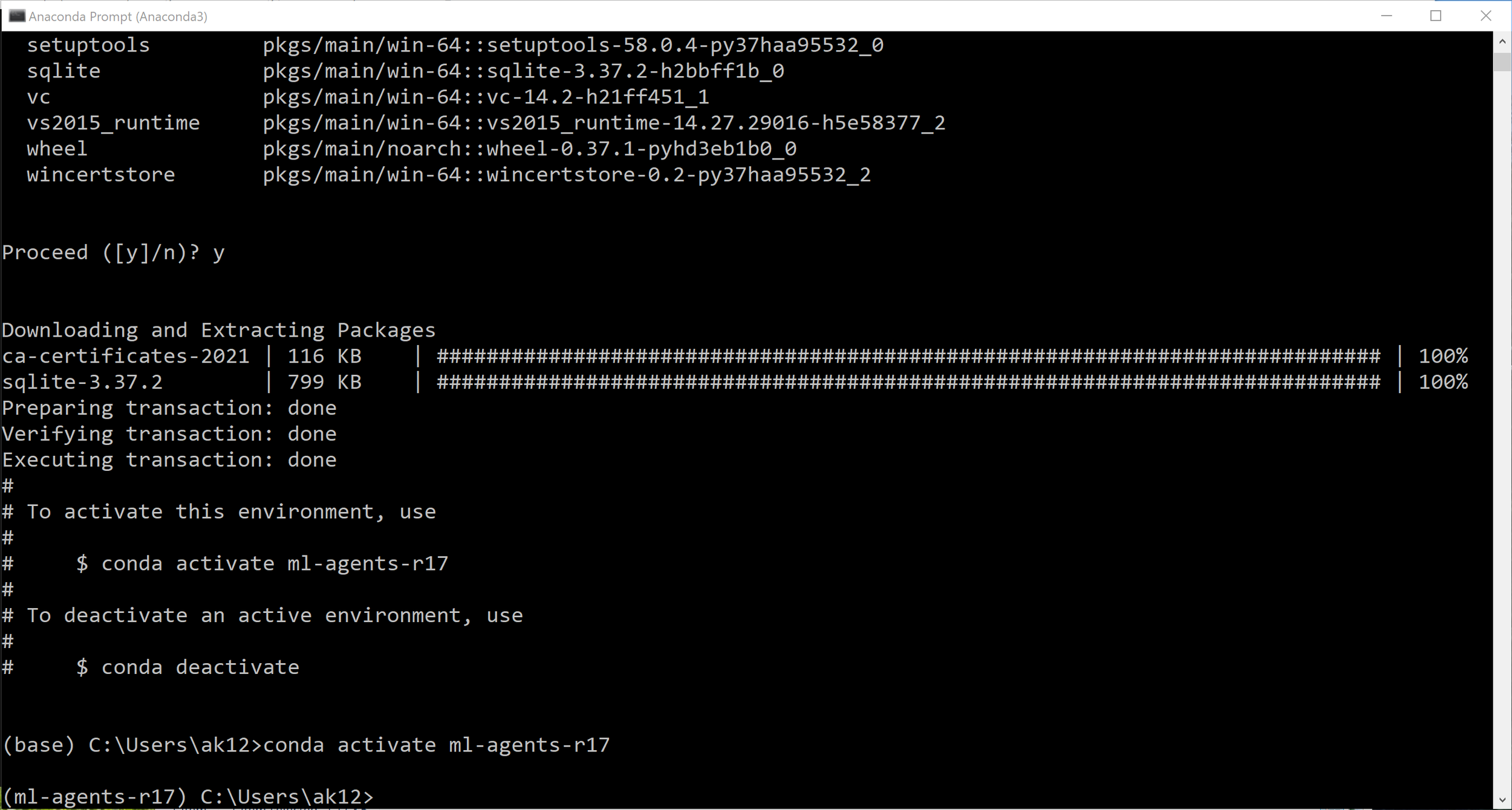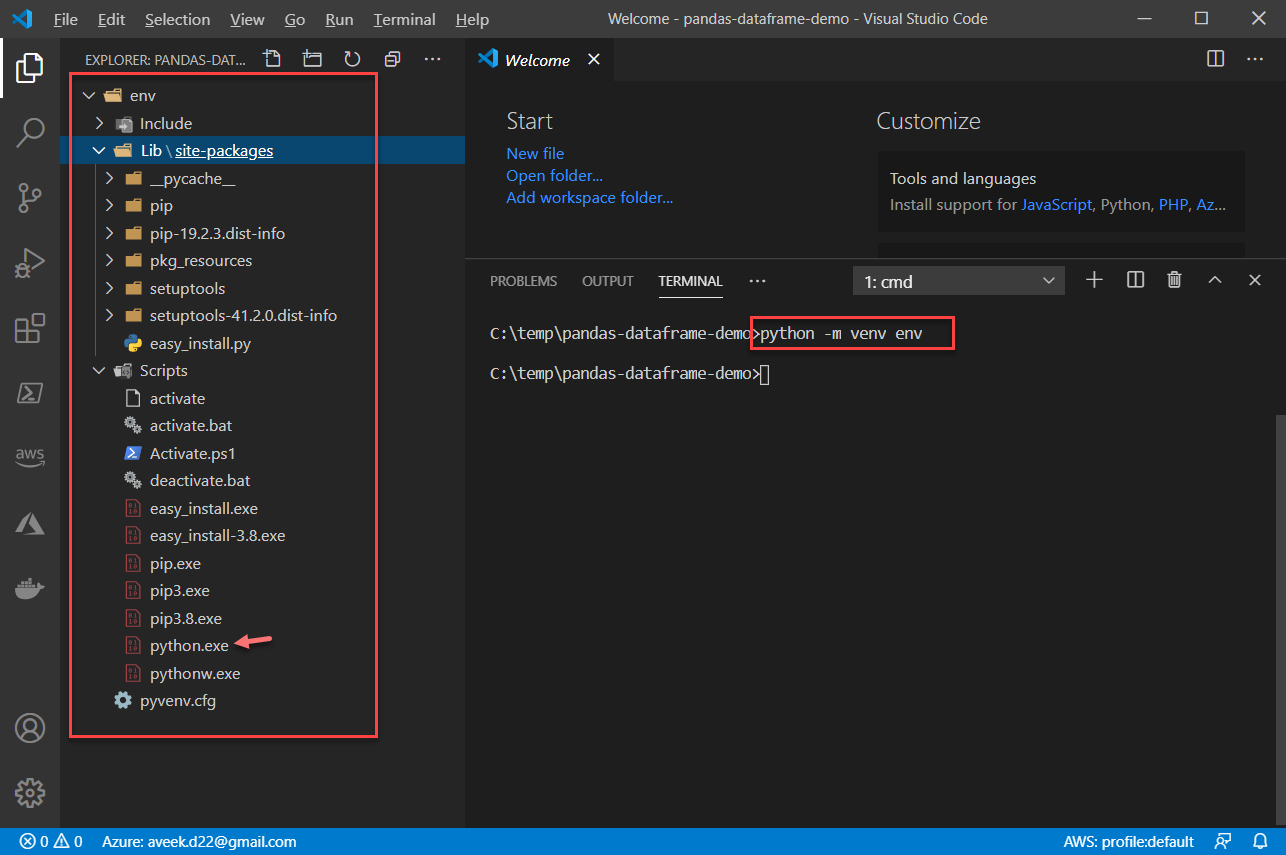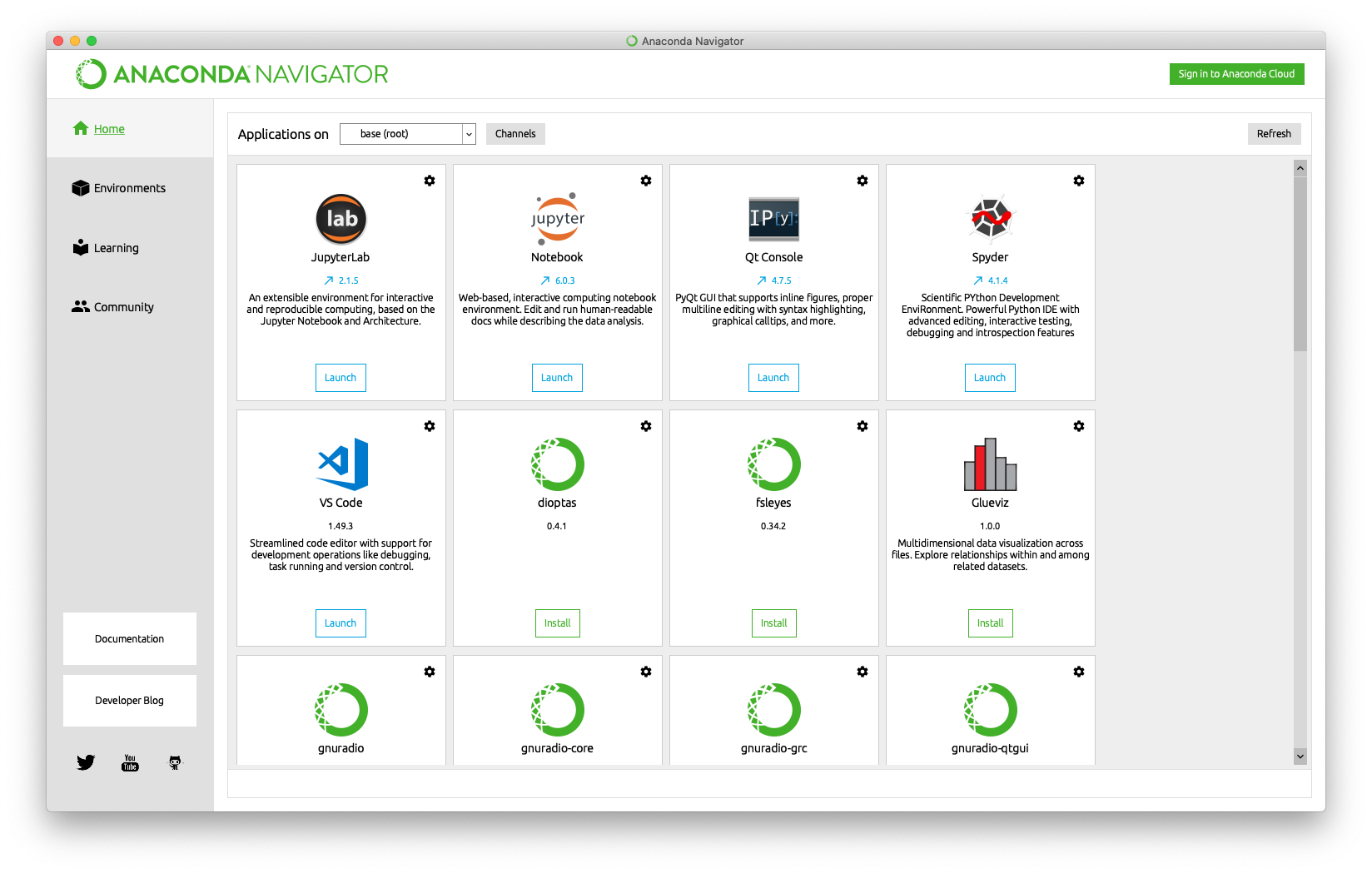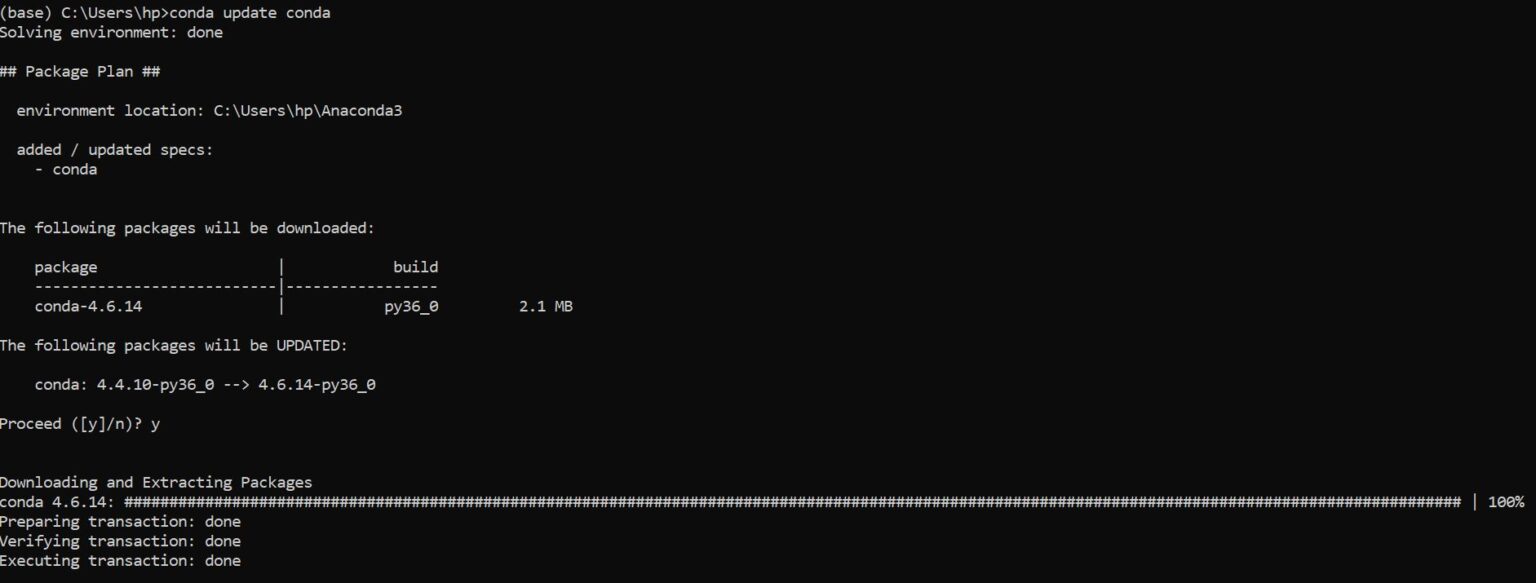Create Virtual Environment Python Anaconda
Create Virtual Environment Python Anaconda - To create an environment with a specific version of Python conda create n myenv python 3 9 To create an environment with a specific package conda create n myenv scipy or conda create n myenv python conda install n myenv scipy To create an environment with a specific version of a package conda create n myenv scipy 0 17 3 or 54 I m trying to create a virtual environment I ve followed steps from both Conda and Medium Everything works fine until I need to source the new environment conda info e conda environments base Users fwrenn anaconda3 test env Users fwrenn anaconda3 envs test env source anaconda3 bin activate test env Create a virtual environment Activate a virtual environment Install additional python packages Deactivate a virtual environment Delete a virtual environment Jargon link to PATH Requirements Anaconda Python distribution installed and accessible 1 Check conda is installed and in your PATH Open a terminal client
Look no even more than printable templates if you are looking for a effective and basic method to boost your efficiency. These time-saving tools are easy and free to utilize, providing a range of advantages that can assist you get more performed in less time.
Create Virtual Environment Python Anaconda

ML Agents Python Setup With Anaconda Immersive Limit
 ML Agents Python Setup With Anaconda Immersive Limit
ML Agents Python Setup With Anaconda Immersive Limit
Create Virtual Environment Python Anaconda First of all, printable templates can help you remain organized. By offering a clear structure for your tasks, to-do lists, and schedules, printable templates make it easier to keep whatever in order. You'll never ever have to stress over missing out on due dates or forgetting crucial jobs once again. Using printable templates can help you conserve time. By eliminating the need to create brand-new files from scratch every time you require to complete a task or prepare an event, you can concentrate on the work itself, instead of the documentation. Plus, numerous design templates are personalized, allowing you to personalize them to fit your requirements. In addition to saving time and staying arranged, using printable design templates can likewise assist you stay inspired. Seeing your development on paper can be a powerful motivator, encouraging you to keep working towards your objectives even when things get difficult. In general, printable design templates are an excellent method to boost your performance without breaking the bank. So why not give them a try today and begin achieving more in less time?
Working With Pandas Dataframes In Python
 Working with pandas dataframes in python
Working with pandas dataframes in python
The most basic way to create a new environment is with the following command conda create n env name To add packages while creating an environment specify them after the environment name conda create n myenvironment python numpy pandas For more information on working with environments see Managing environments Listing environments
Creating environments Using the Create Environment command To create local environments in VS Code using virtual environments or Anaconda you can follow these steps open the Command Palette P Windows Linux Ctrl Shift P search for the Python Create Environment command and select it
Anaconda Navigator Home Tab
 Anaconda navigator home tab
Anaconda navigator home tab
Check Conda Python Version Urbanper
 Check conda python version urbanper
Check conda python version urbanper
Free printable templates can be an effective tool for improving productivity and achieving your objectives. By selecting the right design templates, integrating them into your regimen, and personalizing them as needed, you can enhance your everyday jobs and take advantage of your time. Why not provide it a try and see how it works for you?
A virtual environment is created on top of an existing Python installation known as the virtual environment s base Python and may optionally be isolated from the packages in the base environment so only those explicitly installed in the virtual environment are available
Creating a new environment At the bottom of the environments list select Create In the Create new environment dialog enter a descriptive name for the new environment Select Python or R to set the package type for your environment Select a version for your Python or R installation Click Create Using an environment